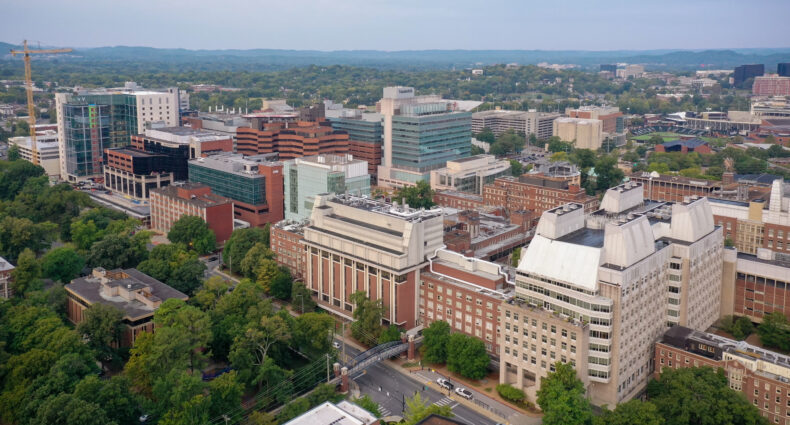
Carlos F. Lopez, assistant professor of biochemistry and biomedical informatics, has been appointed as Vanderbilt University’s liaison to Oak Ridge National Laboratory, the U.S. Department of Energy’s largest science and energy laboratory conducting research in energy and security. Lopez will continue the many collaborations that Greg Walker, associate professor of mechanical engineering, initiated during his term in this role.
“Carlos’ expertise at the interface of physical, biological and computer sciences is precisely what is needed to help Vanderbilt University develop closer scientific collaborations with Oak Ridge National Lab,” Vice Provost for Research Padma Raghavan said. “I am grateful to him for stepping into this role, and I look forward to working with him to further develop this important partnership.”
“Carlos is an energetic and interactive investigator who already has productive collaborations with Oak Ridge scientists. He is very well suited for this new role,” added Larry Marnett, dean of basic sciences at the School of Medicine.
As the Vanderbilt liaison to ORNL, Lopez will work closely with Vanderbilt faculty, the Office of the Provost, university deans and Vanderbilt University Medical Center leadership to advance key research themes that align with both Vanderbilt and ORNL priorities.
“I would like to be instrumental in bringing together researchers from both institutions to develop robust collaborations to accelerate discovery,” Lopez said.
Lopez received his Ph.D. in physical chemistry from the University of Pennsylvania. He pursued a postdoctoral fellowship at the University of Texas at Austin, where he studied theoretical biophysics, and followed this with a postdoctoral position at Harvard Medical School. He moved to Vanderbilt University School of Medicine in late 2012 as an assistant professor of cancer biology. His work develops and applies novel computational modeling tools and leverages strong experimental collaborations to describe intracellular biochemical signaling networks to further our understanding of cellular decision-making processes.

















